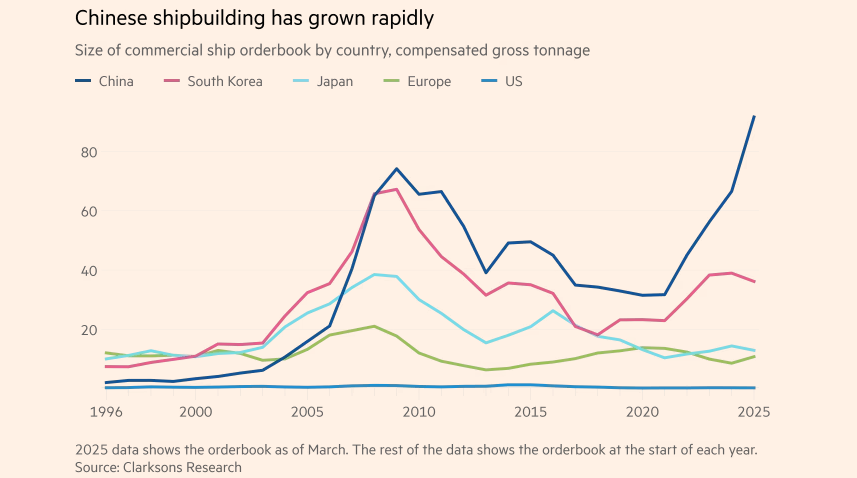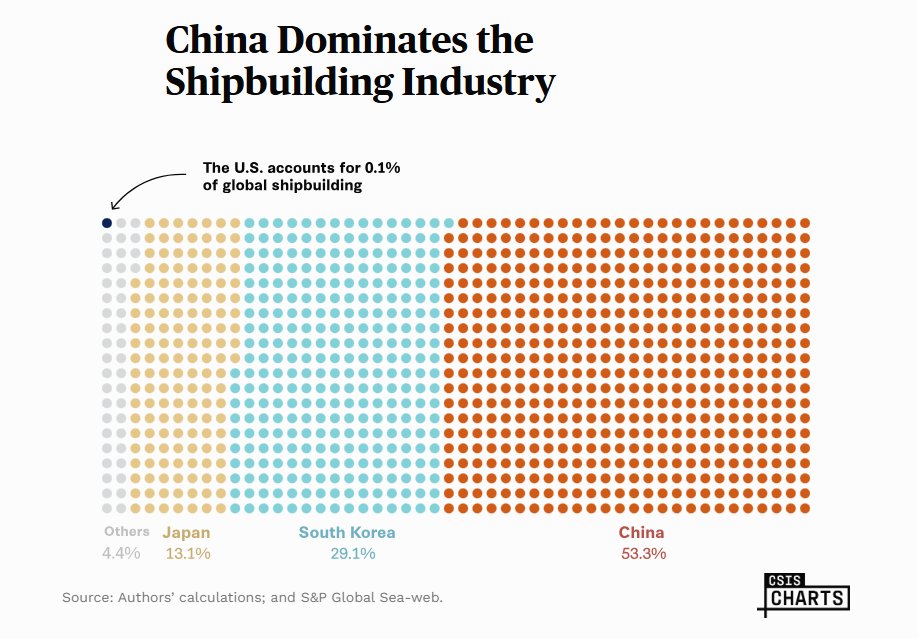Researched and written by John Heneghan and Grok AI
Inspired by Freedom’s Forge: How American Business Produced Victory in World War II by Arthur Herman, which chronicles America’s WWII industrial mobilization, this article explores how industrialists like William Knudsen and Henry Kaiser offer a blueprint for today’s reindustrialization amid economic and kinetic warfare. The tale focuses on the pivotal roles played by these two great American industrialists of that era in securing Allied victory. Kaiser’s “can-do” spirit is captured in our “Together We Build” newsletter title. Meanwhile, the Knudsen coined “arsenal of democracy” moniker was used by President Franklin Delano Roosevelt to enlist popular support for the transformation of the American industrial sector into a mass production juggernaut the likes of which the world had never seen before.
- William S. Knudsen: Knudsen, a Danish immigrant, rose to lead GM’s Chevrolet division and later oversaw the mass production of military equipment during WWII.
- Henry J. Kaiser, known for building Liberty ships at record speed, also spearheaded major infrastructure projects like the Hoover Dam.
Under Knudsen and Kaiser, American industry produced 286,000 planes and 5,600 merchant ships, including Liberty ships built at unprecedented speeds. Their efforts involved drafting talent from companies like Chrysler, Republic Steel, Boeing, Lockheed, GE, and Frigidaire and turning auto plants into aircraft factories and civilian lines into munitions production.
Just as Knudsen and Kaiser turned industrial might into victory in WWII, today’s political and business leaders must harness similar ingenuity to counter economic and security threats. Freedom’s Forge offers a historical blueprint on how private industry, government collaboration, and innovative leadership can rapidly scale production to meet today’s existential challenges presented by global economic and trade war tensions. One book review even suggested “relearning government-business partnerships would catalyze a New Gilded (golden) Age.” The economic and kinetic warfare of the WWII era provides sober perspectives on the geopolitical and competitive aspects of today’s world around strategic technologies, supply chain security and control, and system resilience against natural or man-made disasters.
The Office of Production Management, under Knudsen’s leadership, classified WWII materials based on their importance to national defense, economic stability, and supply chain vulnerabilities. The OPM classified materials as strategic (critical for defense with high foreign dependency), critical (vital but vulnerable), and essential (important with stable supply) – a framework that applies to the leading technologies of today’s modern society.
If we flash forward and look at recent Administration actions, we can see evidence of a similar strategic thought process being applied today. We need only look toward the recent Executive Order on Restoring America’s Maritime Dominance, signed April 9, 2025, to see this with considerable clarity. This EO aims to revitalize U.S. shipbuilding, countering China’s dominance, with a sharp focus on funding, workforce, and competitiveness.
The two pictures below highlight how strategically ill-prepared we are in this essential aspect of national defense. Today, the U.S. has limited domestic shipbuilding production and very high foreign dependency.


The U.S. builds less than 1% of global commercial ships, while China builds about 50%, posing intolerable risks to national security and the economy. Additional statistics highlight further U.S. vulnerabilities: 0% of global containers and ship-to-shore cranes are domestically built, compared to 96% and 80% by China, respectively. (Fact Sheet: President Donald J. Trump Restores America’s Maritime Dominance)
The Executive Order on Restoring America’s Maritime Dominance tackles China’s 50% dominance in global shipbuilding by revitalizing U.S. production through funding, workforce development, and a Maritime Action Plan, plus financial incentives to spur private investment.
For more details, please refer to:
- (White House: Restoring America’s Maritime Dominance),
- (New White House Executive Order Sets Stage for U.S. Shipbuilding Action Plan),
- (Here’s Everything You Need to Know About Trump’s Executive Order to Restore U.S. Maritime Dominance)
- (Executive Order To Restore America’s Maritime Dominance), and
- (Trump Signs Executive Order to Revitalize U.S. Shipbuilding Amid China’s Maritime Dominance).
This comprehensive EO aims to restore U.S. leadership in maritime industries, countering China’s dominance and ensuring economic and national security. Similarly, other strategic dependencies can be considered within the framework of economic warfare, the potential for kinetic warfare, and the technological demands of human evolution.
We came up with the following raw materials categorizations based on the OPM criteria applied to today’s global realities.
- Strategic Materials – Rare Earth Elements (REEs), Semiconductors, and Lithium. Strategic materials like rare earths are vital for defense and technology, but are heavily reliant on foreign supply.
- Critical Materials – Cobalt, Graphite, and Aluminum. Critical materials like cobalt are essential for batteries, yet their domestic supply chains are vulnerable.
- Essential Materials – Steel, Copper, and Cement. These essential elements are the building blocks for manufacturing plants and related infrastructure.
Conclusion
By applying the OPM’s WWII-era categorization to the modern technological age, we have identified several areas that we must build together as a nation. Rare earths, semiconductors, and lithium are strategic priorities requiring urgent action, while cobalt, graphite, and aluminum need supply chain focus, and steel, copper, and cement demand protection. Investors should carefully watch sectors like rare earth and lithium mining and refining, as well as semiconductor manufacturing, as government policies catalyze growth.
We believe that this fourth reindustrialization of America will offer ample opportunities for investors to build wealth and security for our nation, families, and communities. Which sectors will drive this reindustrialization? Investors, take note.








